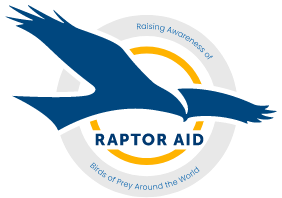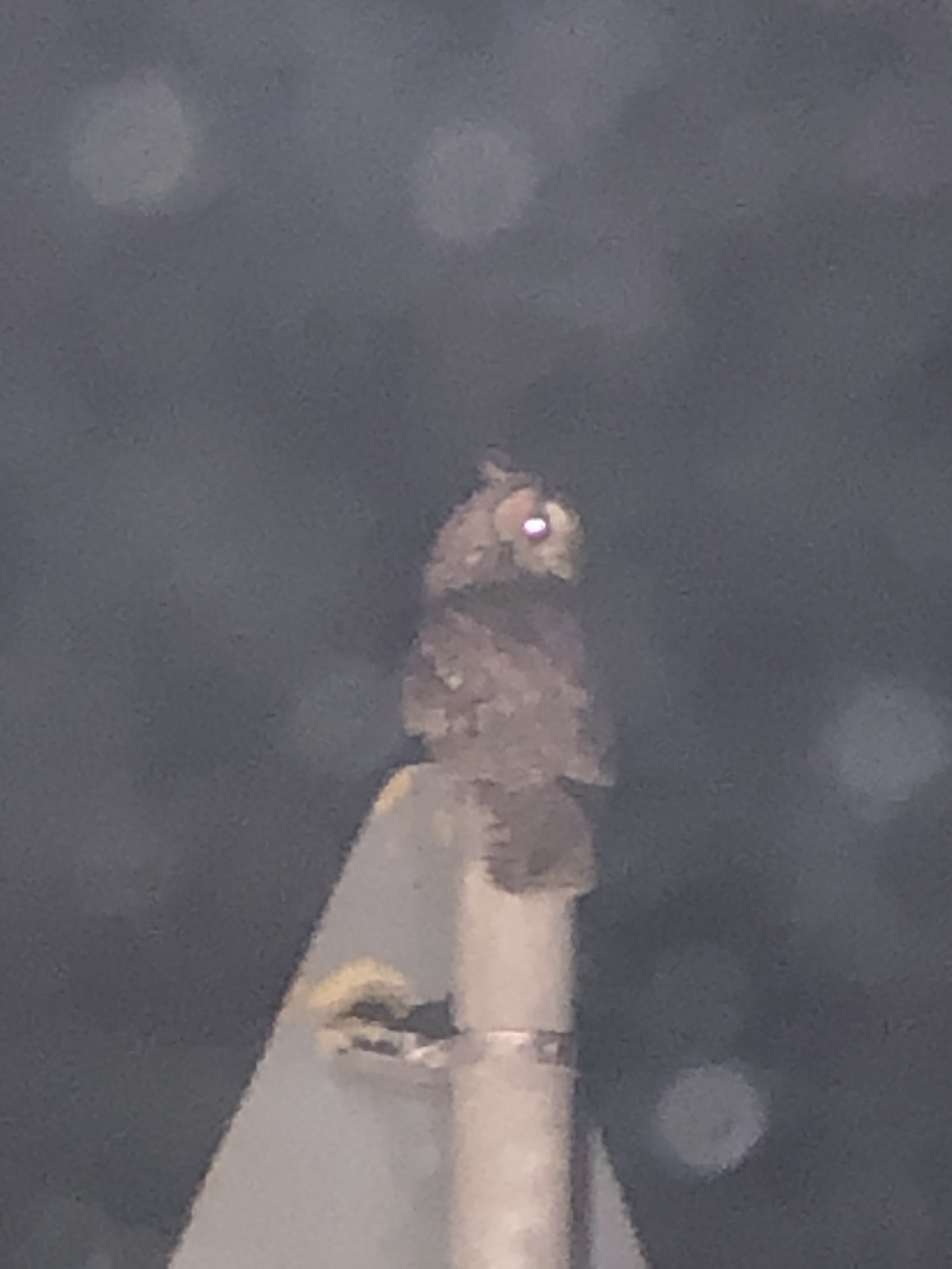I got massively excited about an owl!
Anyone who follows RA on our socials might have noticed I got a little bit excited about seeing an owl the other night whilst I was driving. Now, I’m not going to labour the point about the particular moment again, I’m pretty sure I made my point in the little video I recorded. What I do want to do is maybe dissect why a 37 year old bloke with an obsession with birds of prey got so excited and felt the need to share it.
Those of you not following RA on socials will have no idea what I’m talking about still, but essentially it was a Long Eared owl (LEO) which flew in front and perched up after I’d seen it attempt to catch something in the verge. Why the excitement? Well, firstly I always get a buzz off a positive identification, I suppose its a little bit of an ego massage but also I spend a lot of time watching birds of prey and whilst I don’t know everything I think my instincts are pretty well honed. On this occasion that was certainly true. I only got a glimpse of the owl coming off the hedge and attempting a hunt/pounce from about 50 + metres away in headlights before if flew back out of sight. My instincts kicked in, I just knew that wasn’t one of the three species that live around here based on that brief glimpse, that’s not some Harry Potter gift I hold its about spending hours observing and getting it engrained into your bird ID psyche. So it was instant for me but when I break it down the things I picked up on automatically were, 1) Size - slender/sleek body unlike a Tawny owl and to big for Little owl, it did seem pale underneath like a Barn owl but not pure white 2) Flight style - even though it was a short flight it was enough to see a buoyant floaty style like Barn, Long eared and Short eared owl 3) Underwing - The tell tale for me when I think back and a classic for Long eared owls is the dark carpal patch on the underside of each wing. I’m not going to explain that further, there’s some homework for you!
That gut instinct made me swing my van round to get another look and I wasn’t disappointed, the owl had perched up on a road sign and showed the classic orange eyes and feather tufts that give the species its name. I managed to pull over and fire off some images with my phone as evidence. This species of owl is probably our least studied or understood, you could argue its cousin the Short eared owl is there with it but some amazing work is being done on that species currently by the BTO. Long eared owls may sometimes be in higher numbers across the UK in winter months when migrant birds come in from Scandinavia and the continent, they can even be seen in communal roosts in the most random of places but they are still a rare species where any sighting deserves to be cheered about. Thats my next point - I still get really excited about seeing these birds and the fact I’d seen the local Barn owl just before and the pair of Tawny owls were calling and chasing each other in the woodland next door just enhanced the excitement. I have to remind myself from time to time how lucky I am to be allowed (under licence) to handle and monitor some species and if I’m honest sometimes I forget, it is only when I take a friend to see a Barn owl or a landowner observes us ringing their owl chicks does it hit me how special these birds are. Maybe I get a little blaisé when it comes to some species and I need a LEO moment to bring me back to earth.
What of this individual owl though? Is it a bird passing through? Possibly a breeding bird?
LEO’s need a mixture of habitat. My experience of monitoring them is brief but involved cold nights if February/March lay in heather watching a shelter belt of plantation pines waiting for either a displaying male to appear and carry out his quite unusual display flight of loops and wing clapping - yes that’s right an actual clapping owl or one calling from within the woodland which is a deep monosyllabic Hoo……..Hoo…….Hoo…….
The female has more of a nasally call like blowing through a comb and the branching/fledged chicks have the classic squeaky gate call - go YouTube it and thank me later. So they use the old nests of other species in relatively densely packed shelter belts or pockets of trees adjacent to good hunting ground such as moorland, rough tussocky grasses/sedges teeming with small mammals. Not the sort of habitat we have round here but there is some not far away. We also have a healthy Barn owl population which must mean we have good small mammal numbers and there are pockets of small woodlands no doubt with a few spare old crow or magpie nests. It could be that this bird is however a young bird or a winter visitor floating about not quite in a rush to find a territory or a long flight back to Europe?
Thats the part that really gets my juices flowing, we just don’t know enough about this species in the UK. It’s understandable though, not many people will want to go and sit out night after night listening for territorial males or nest calling females. We do however now have technology at our disposal, small audio recorders such as AudioMoth’s, the Song Meter Micro or if you’re really geeky have a go at making one like I have (with mixed success). I have left mine out recording to test it and picked up bird song and our local Tawny owls duetting. Thermal imaging scopes have now become very popular in ornithology and although I have zero experience using them I have seen many field workers use them to good success in spotting owls.
So has the excitement subsided? Heck no, this has only spurred me on to pull my raptor monitoring book off the shelf, brush up on some field survey techniques and plan to go out and find a couple of LEO nest sites for the BTO. Watch this space………….



